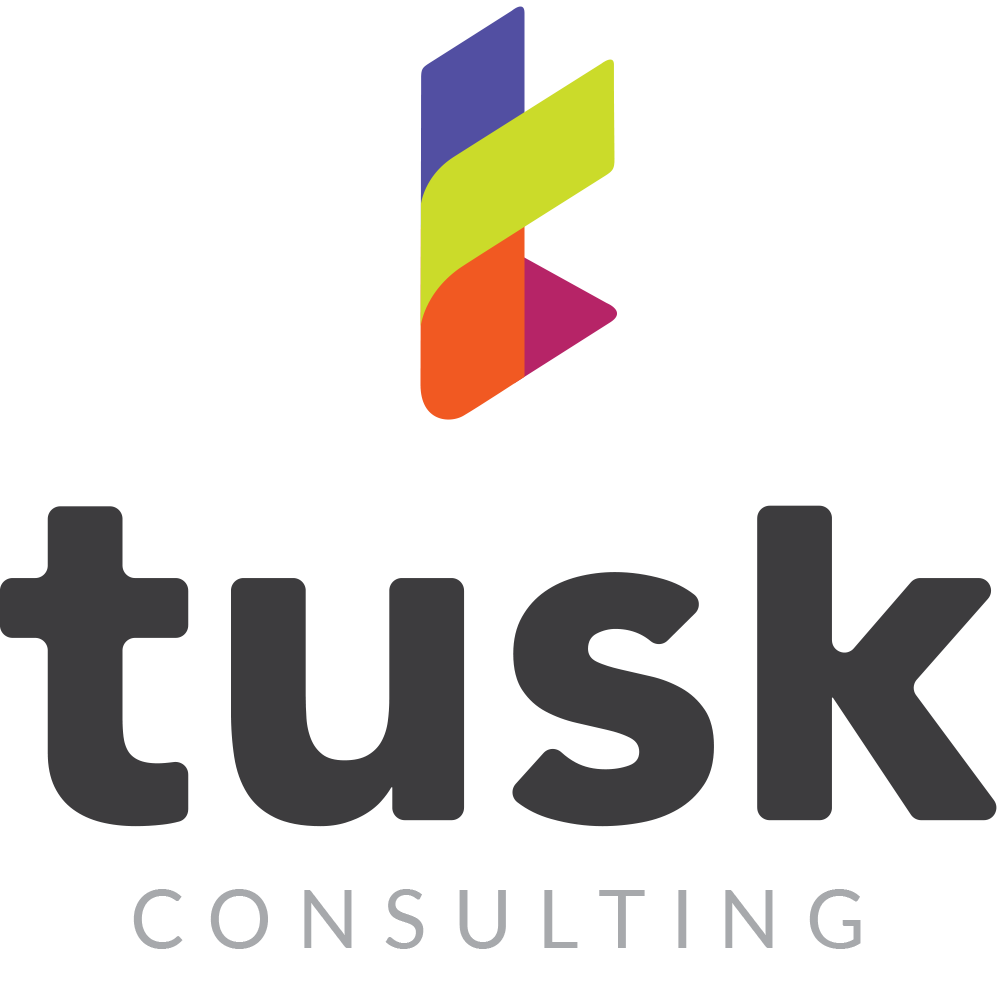
HR Strategy & Planning
The most effective HR services are answerable to a strategy
Traditional HR services have stood the test of time – they’re almost universal. However, it’s how you perform them, put them together and link them to the business that marks the discipline out as so powerful.
Basically, HR is more than a set of tactics to be deployed in a reactive manner. It has to be more strategic in order to drive a fit-for-purpose ‘people agenda’. To provide real value, HR needs to understand, and position everything it does, through the lens of the organisation’s business strategy. Then the tactics can be deployed to support the needs of this strategy.
As organisational consultants, we always seek to understand the organisation and its objectives first, then build a bespoke HR strategy that results in a strong, high-performing workforce. Consequently, HR is at the heart of what we do as organisational consultants when focusing on change, growth and transformation.
Recruitment and getting it right first time
Recruitment is critical to an organisation achieving its objectives so getting it right ‘first time’ is equally important. Yet, it’s a fractured function in many organisations. Problems such as skill gaps and staff turnover occur for many reasons, some of which are outside an organisation’s control. They also cause knee jerk reactions. Hiring and using contract temporary staff can be a legitimate model but only if it is intentional and planned.
We work with organisations to understand their needs and ambitions, helping to construct flexible and cost effective solutions for resourcing their plans for the future.
Staff development strategy
Training courses, development programmes, online learning, development activities, etc all fall under the heading of ‘staff development’. It’s vital for encouraging professional and technical development among employees at every level.
To the employee it represents faster career development and job satisfaction so you’re attractive to your employer (current and potential) but you also get the job done! Whatever size or growth stage your organisation has reached, planning and reviewing your staff development will help you overcome obstacles and move forward to the next stage.
This includes ‘social leaning’ – learning that takes place just by working with team members whose skills and experiences will inevitably rub off on you. This isn’t formal, corporate learning, but a form of continuous learning – the type of learning that happens without even realising it. It must have a structure though… Employees working outside their comfort zone, regularly exposed to new skills is a good thing. Having to implement them at break-neck speed without a safety net isn’t. Flexible working – whether pandemic-enforced or lifestyle prompted – means organisations are having to be smarter and more agile in how they approach management, supervision and mentoring of staff.
Management of people and processes, problem-solving, vital ops capabilities, IT & technical advancement, softer skills (communication, welfare, etc), health, safety & environmental… The list is long so we start with what your organisation needs then help you translate into Personal Development Plans for all your employees.
Creating a logical framework for payment and reward
Performance-based decision making naturally relates to reward which in turn influences the type of organisation you are striving to create.
This is what we focus on:
- Salary benchmarking and developing an optimum pay structure with logical grading
- Gender pay gap reporting and a strategy for closing
- Reward audits tied to attainable but competitive performance targets
For example:
rewards strategy
Research shows that having a defined reward strategy helps organisations generate better financial results. This is a ‘total reward’ approach – tied to what your organisation is trying to achieve, what your people want, what is affordable and the structures needed in place to achieve this. In our experience, this is more than financial reward. Salary, bonuses, pension schemes, etc, are important of course. Increasingly, however, people are placing more value on ‘lifestyle’ benefits such as holidays, health insurance, gym membership, car allowances, retail discount schemes, etc.
How you reward your employees has a direct impact on the reputation of your brand. It’s all part of building an environment that encourages, appreciates and inspires. Motivated staff will go that extra mile to contribute towards organisational success and better results will make them more likely to stay. This successful environment will inevitably attract new talent – and on it goes in a virtuous circle.
pay structures
Pay structures provide a framework for implementing reward strategies and policies:
- Aligning pay and reward with the commercial objectives of the organisation as well as the needs and performance of employees
- Bringing clarity and order to managing pay rises and career development
- Helping ensure fairness and non-discriminatory (eg the gender pay gap)
- Regular reviews (eg salary benchmarking) – the way it determines salary progression in line with changes in tech, regulatory and economic environments
Continuous employee relations
Employee relations is the term used to describe the relationship between employers and employees. It’s a management function relating to both individual and collective workplace relationships. Managing the relationship between an organisation and its people through transparent practices and relevant law is critical. High levels of employee involvement, commitment and engagement will improve business outcomes and contribute to the wellbeing of your employees.
It calls for increasing emphasis on helping line managers establish trust-based relationships with employees. It also means regular consultations and communication with the workforce so the organisation has a much better chance of keeping everyone on side.
Good ’employee relations’ should be inherent in an organisation; the more natural an organisation becomes at building powerful, reciprocal internal relationships, the less it needs a separate workstream with its own processes and procedures.
That’s where Tusk aims to get every client.
